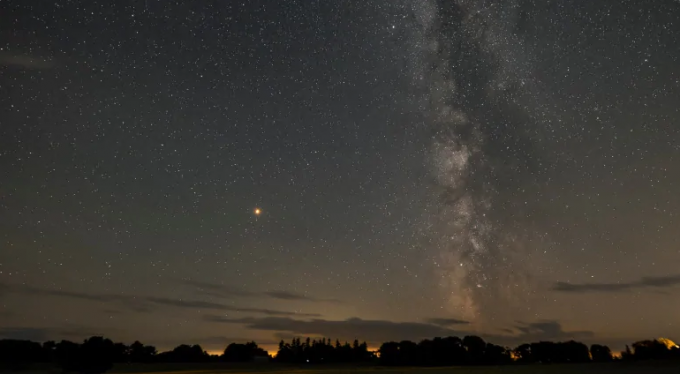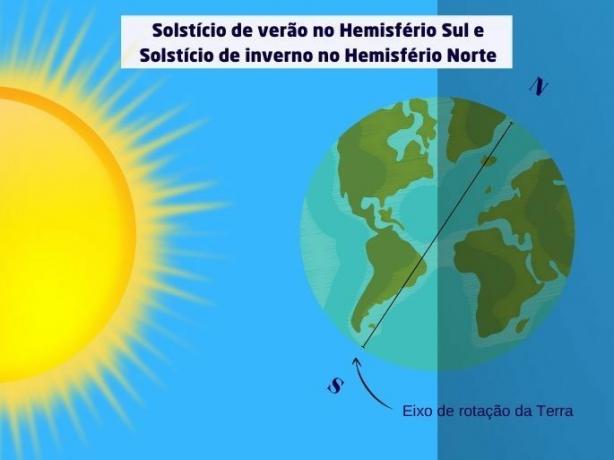Ozone layer or ozonosphere is a layer formed by ozone gas (O3) around planet Earth. This layer is located in the stratosphere and protects living beings from ultraviolet rays emitted by the Sun, which are extremely harmful.

Without the ozone layer there would be no life on Earth, as it is responsible for preventing high levels of solar radiation from penetrating the planet's atmosphere.
However, ozone is beneficial for life only in the stratosphere, as on the earth's surface this gas contributes to aggravate air pollution and acid rain.
Ozone when hit by ultraviolet rays is broken down into oxygen molecules. These, in turn, end up fusing with oxygen atoms, forming ozone again. This is a continuous cycle that guarantees the renewal of this "protective layer" of the Earth.
Know what the Ozone.
Hole in the ozone layer
However, since the trigger of the Industrial Revolution, the human being has massively contributed to the ozone depletion. The release of some substances into the atmosphere, such as CO2 (carbon dioxide), nitric and nitrous oxides, and chlorofluorocarbons (CFC) prevent the renewal of ozone, making the ultraviolet rays gradually reach the surface of the planet.
In 1977, it was observed for the first time the existence of a huge hole in the ozone layer, in the region of Antarctica. Since then, several studies have observed that the ozone level has decreased in several other parts of the globe.
According to data from the United Nations Environment Program (UNEP), it is estimated that every 1% of the ozone layer is destroyed, there are approximately 50,000 new cases of skin cancer and 100,000 new cases of blindness caused by cataracts in the world.
Read more about the Chlorofluorocarbon.
Ozone layer and the greenhouse effect
The depletion of the ozone layer and the greenhouse effect are two of the main environmental problems that humanity is currently facing.
The greenhouse effect is a natural and essential phenomenon for life on Earth, as it is thanks to it that the planet is able to maintain a pleasant temperature to support life.
See also:Greenhouse effect.
However, with the emission of some substances into the atmosphere (such as carbon dioxide, for example), the greenhouse effect causes global warming - increase in the temperature of the earth's surface and oceans. This weather phenomenon causes the melting of glaciers, drastically affecting the planet's climate.
Learn more about Global warming.


